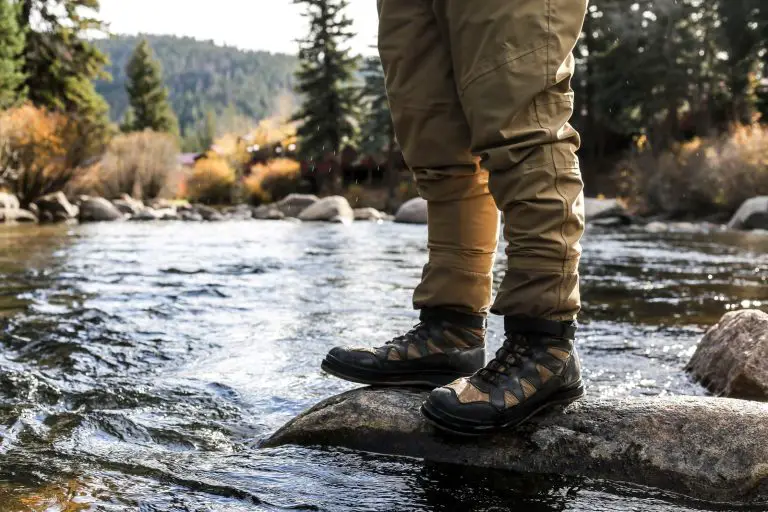Hiker legs refers to the condition of a person’s legs after a long and rigorous hike. A long hike involves a significant amount of physical activity and endurance, which results in muscular fatigue, discomfort, and soreness. Hiker legs is a common condition for people who enjoy hiking and spend a lot of time outdoors exploring the trails. In this article, we will discuss the various symptoms and causes of hiker legs and provide tips on how to prevent and manage this condition.
Symptoms of Hiker Legs
Hiker legs can result in a range of symptoms, including muscle soreness, fatigue, stiffness, and even cramping. Some common symptoms of hiker legs include:
- Muscle pain and soreness
- Swelling of the legs
- Stiffness in the legs
- Fatigue in the legs
- Cramping of the legs
These symptoms can range from mild to severe, and they can be a hindrance to your hiking experience.
Causes of Hiker Legs
The primary cause of hiker legs is a result of repetitive motions, overuse of muscles, and physical exertion. During a long hike, your legs and feet undergo a significant amount of stress and strain, which can lead to the development of hiker legs. Other factors that can contribute to hiker legs include:
- Improper footwear
- Dehydration
- Inadequate stretching and warm-up
- Poor physical conditioning
- Carrying heavy loads
Preventing Hiker Legs
To prevent hiker legs, it is important to properly prepare for your hike. Some tips to help prevent hiker legs include:
- Wearing proper and comfortable hiking footwear
- Staying hydrated by drinking plenty of water
- Warming up and stretching before your hike
- Building up your physical endurance through regular exercise
- Carrying a lighter load
- Taking regular breaks to stretch and rest
Managing Hiker Legs
If you do develop hiker legs, there are several things you can do to manage the symptoms and reduce discomfort. Some tips for managing hiker legs include:
- Resting your legs and feet
- Applying ice or a cold compress to the affected area
- Stretching and massaging the affected muscles
- Taking over-the-counter pain medication to reduce pain and swelling
- Wearing compression socks or sleeves to reduce swelling and promote circulation
In the event that your hiker legs symptoms persist or worsen, it is important to seek medical attention.
Hiker legs is a common condition experienced by hikers and outdoor enthusiasts. It can result in a range of symptoms including muscle soreness, fatigue, stiffness, and cramping. To prevent hiker legs, it is important to properly prepare for your hike, including wearing proper footwear, staying hydrated, and warming up and stretching. If you do develop hiker legs, there are several tips for managing the symptoms and reducing discomfort, including resting, applying ice, stretching, and taking pain medication.


